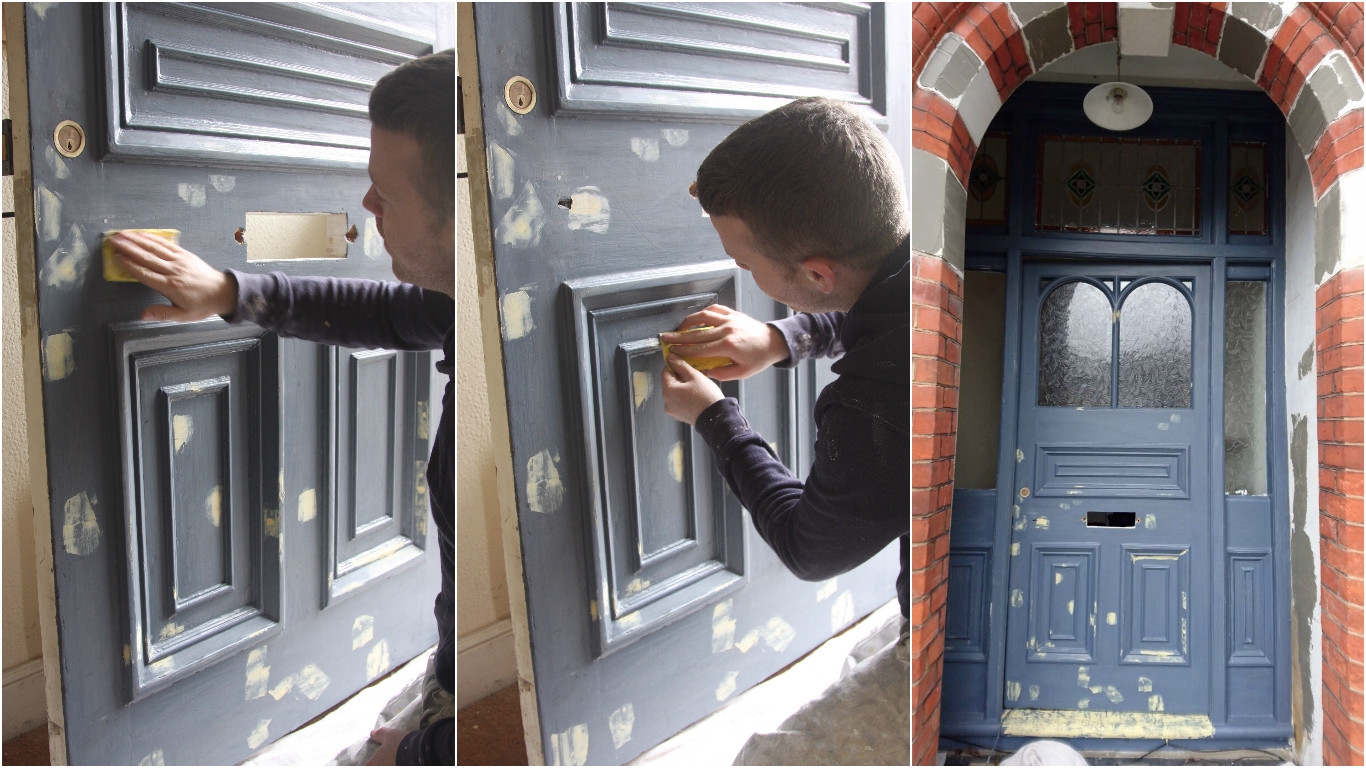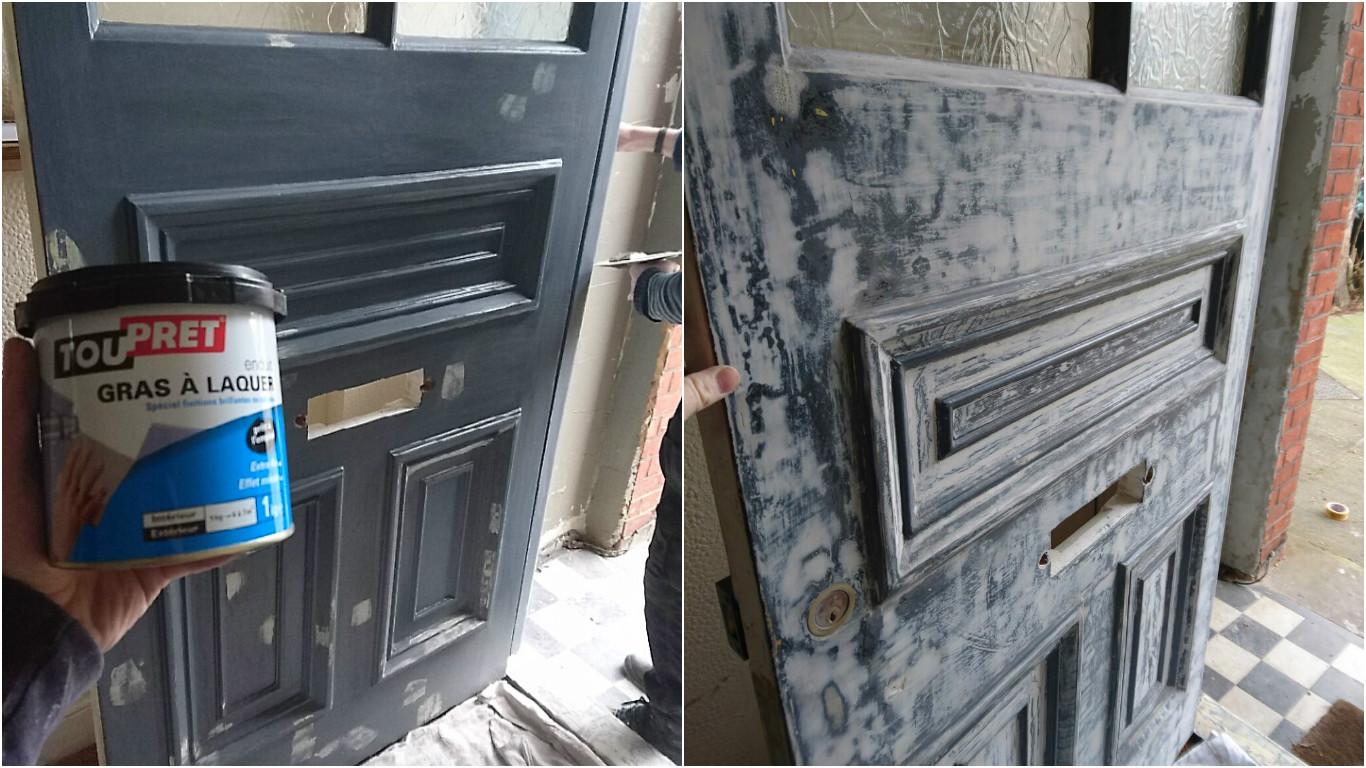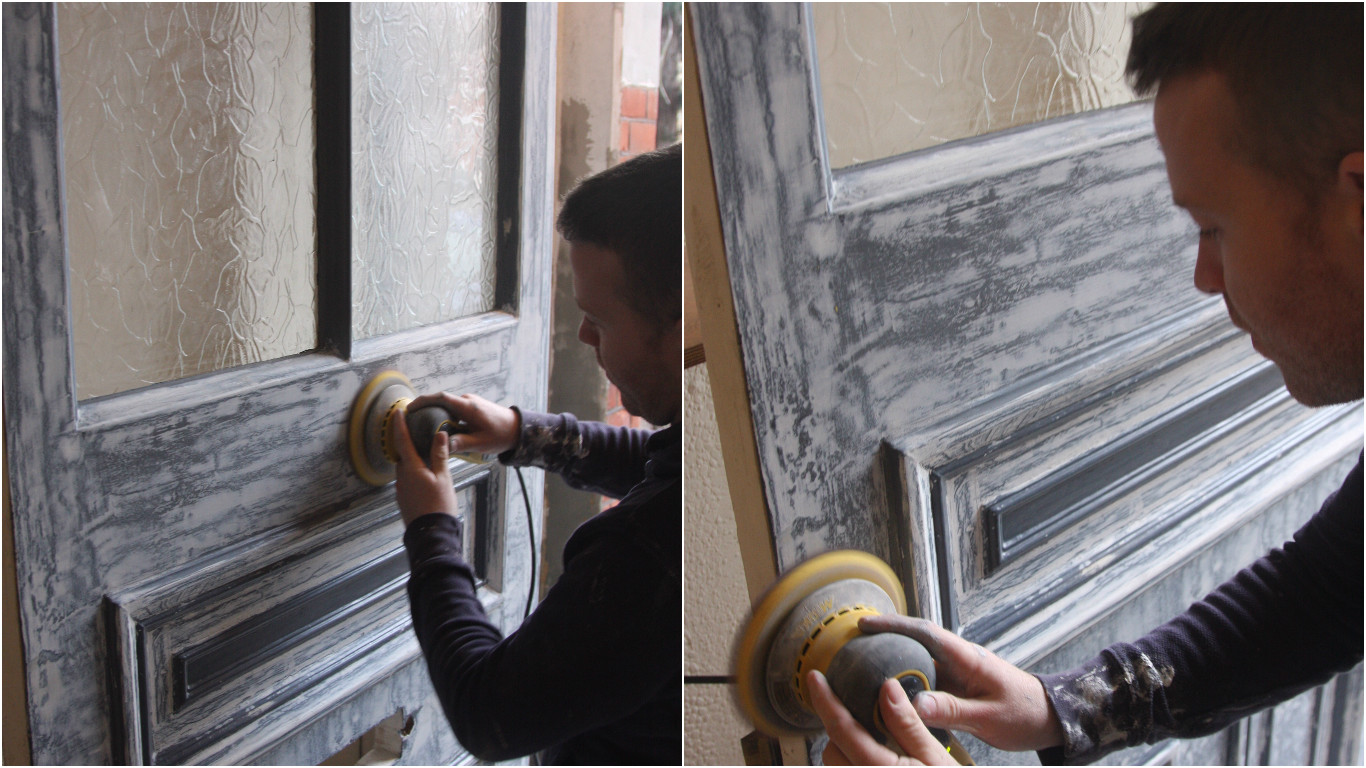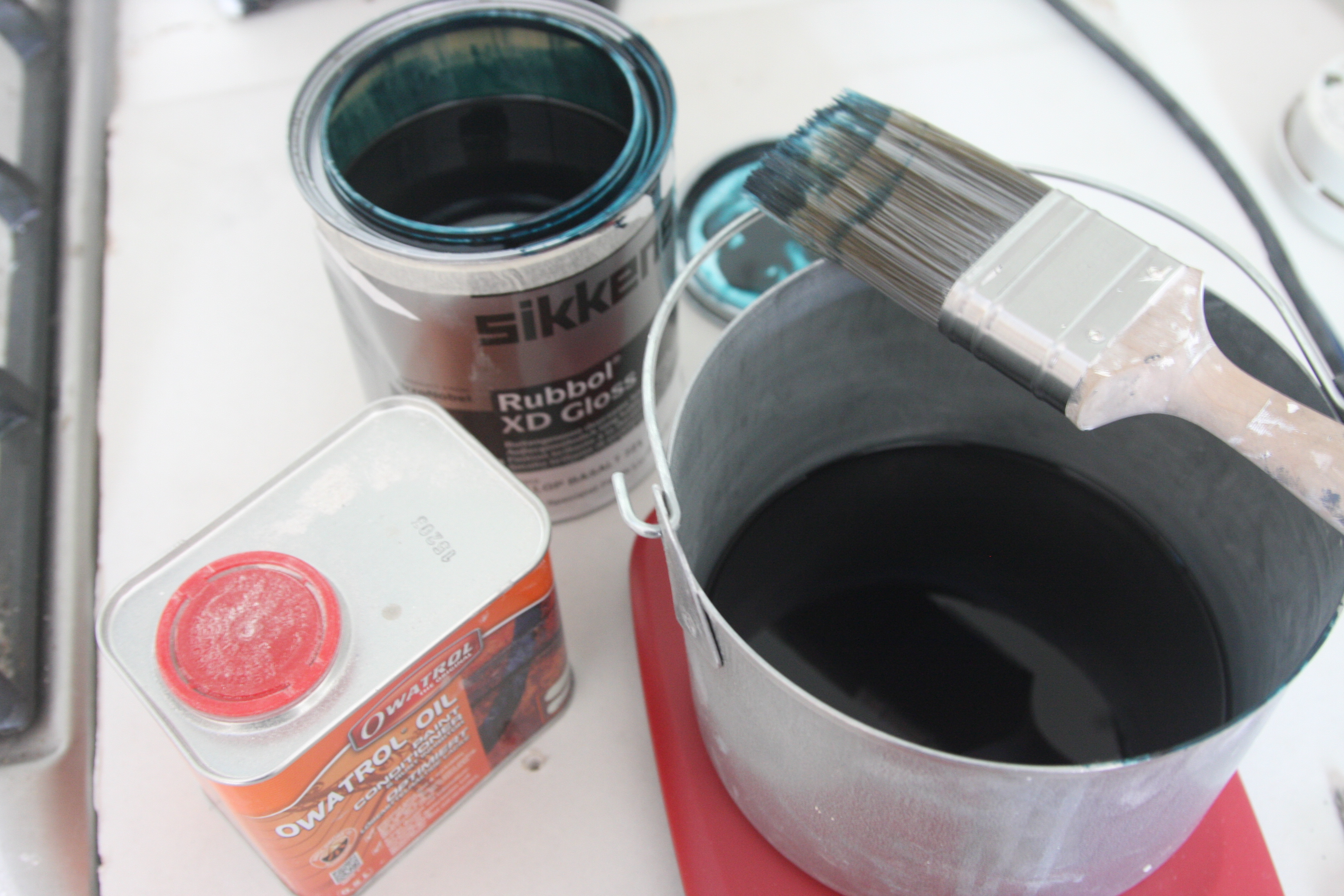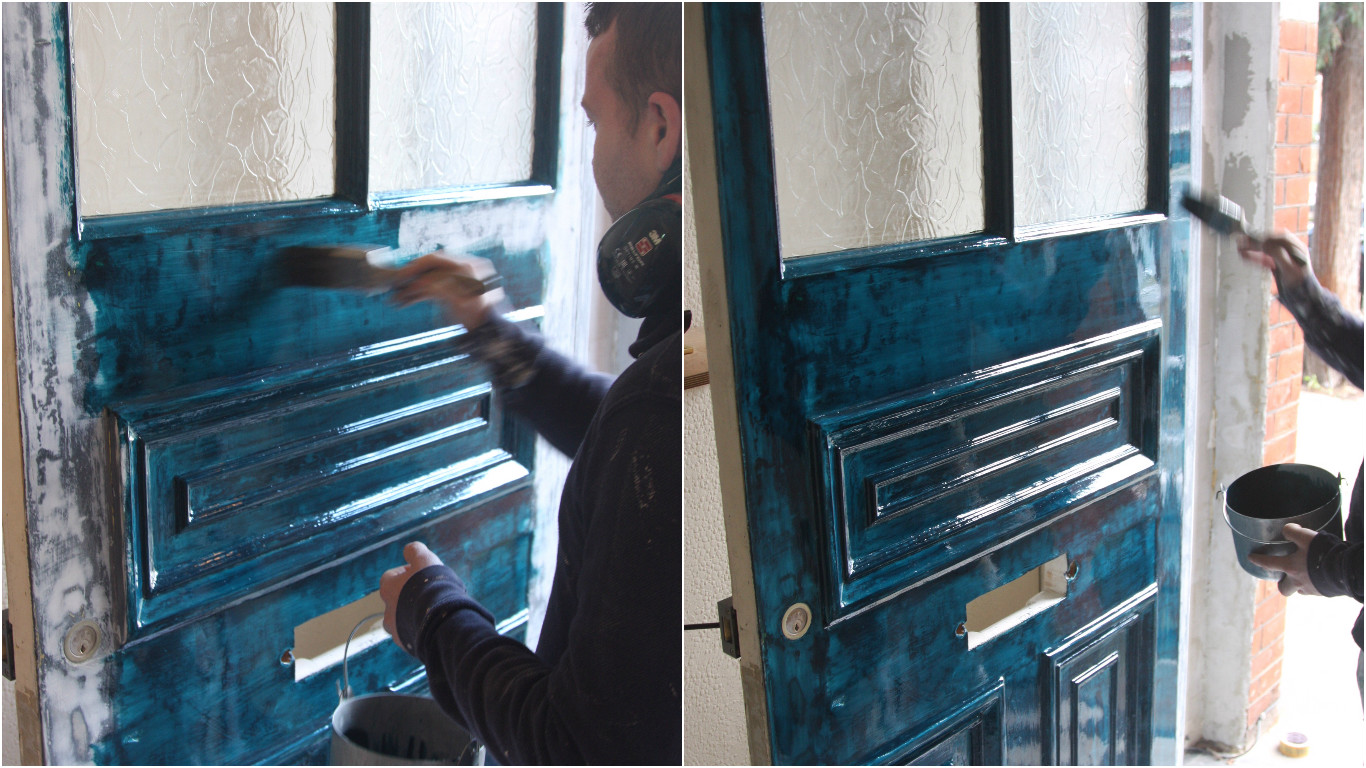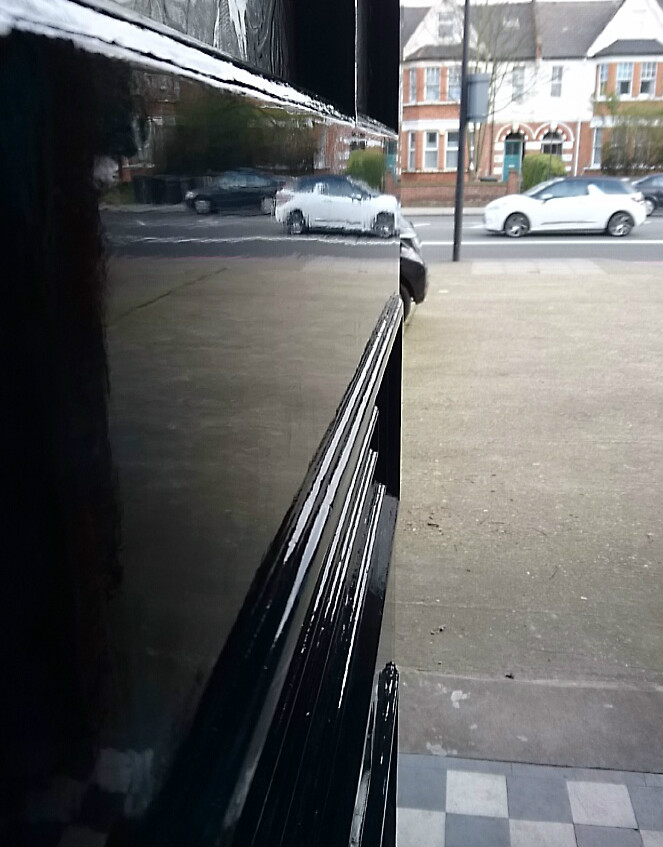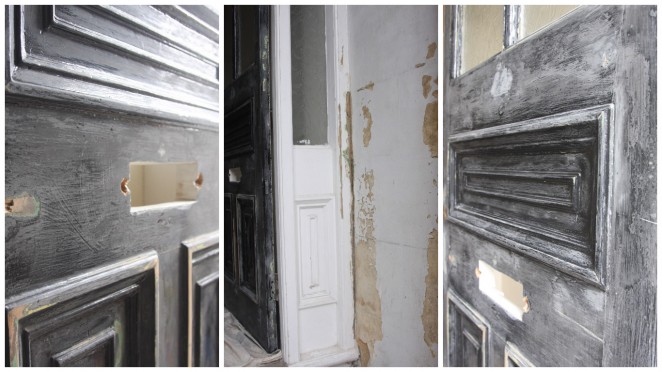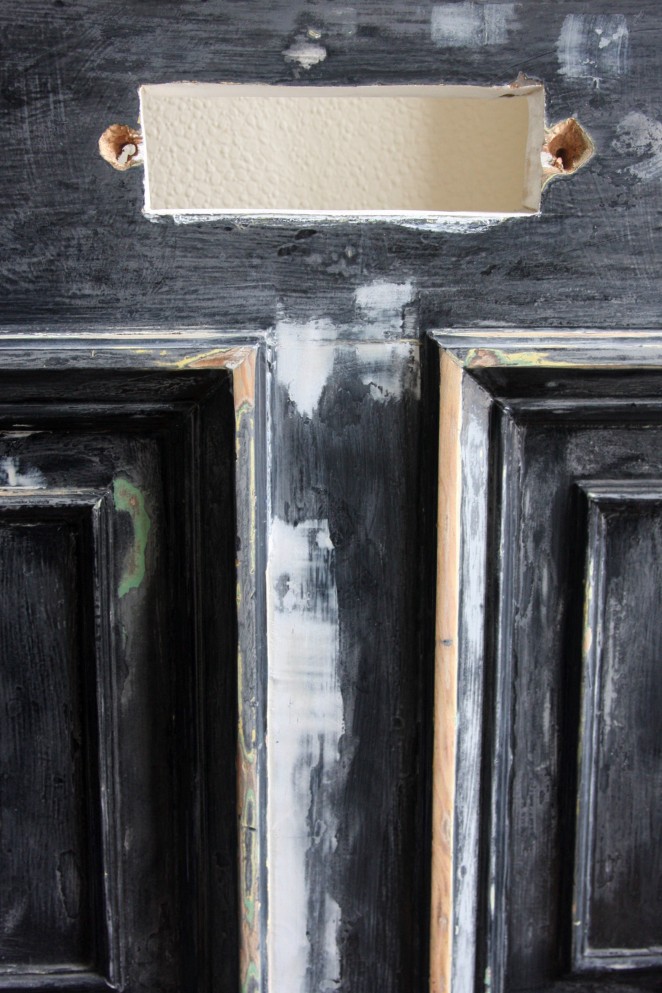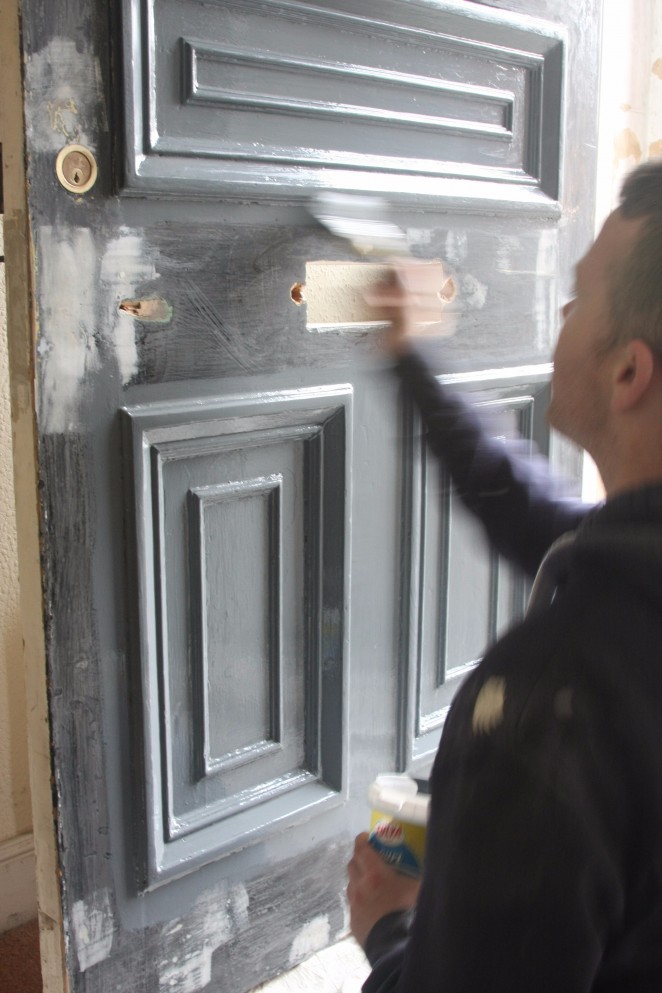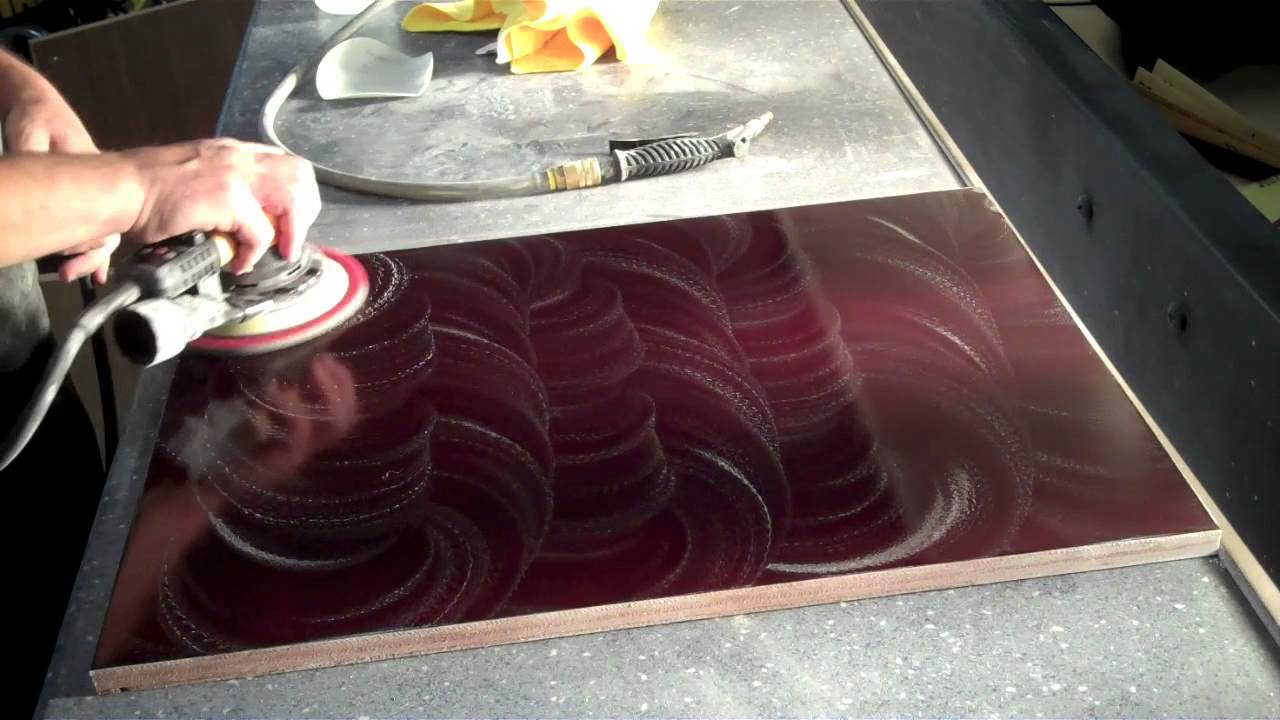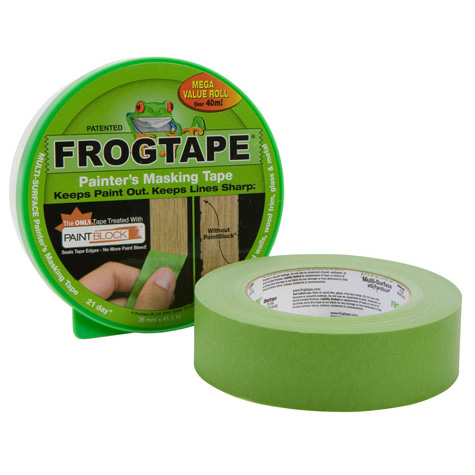How we paint a front door: no.2
The second in our series of detailed posts on preparing and painting a front door to a high standard — read them for inspiration and guidance, or to gain an insight into our working methods.
Previously…
In the first post, we covered prepping, filling, sanding, cleaning and priming. Let’s continue with the work…
Step 4
With the door prepped, filled and primed it is now time to spot-fill the primed surface, filling any small dings which were missed in the initial preparation.
Step 5
With the door spot-filled, we’re now ready to apply the first coat of Gras a Lacquer.
What is Gras a Lacquer? As its French name betrays, this product — an oil-based high gloss surfacer — is made on the other side of the English Channel by Toupret.
The job Gras a Lacquer performs so effectively is to act as a micro-level filler, levelling the timber to a perfectly glass-like smoothness. It has a wonderfully rich, smooth texture — a pleasure to work with.
We applied a thin coat, waited a couple of hours, sanded with 320 grit Abranet then sanded with 1,000 grit Abranet.
We then applied a second coat, and this too was sanded with 1,000 grit.
We pause to consider the result of the work so far: the flush surfaces of the door are perfectly, wonderfully smooth.
Step 6
The time for gloss has finally arrived: Sikkens Rubbol XD Gloss, tinted to Basalt by Little Greene. by Holman Paints.
To ensure the optimum performance and finish we added 15% Owatrol oil to the paint.
We weighed the paint and the Owatrol — in a traditional metal kettle — on digital scales to ensure an accurate mix.
After ensuring the Owatrol was fully mixed into the gloss, David applied the first coat…
Step 7
When the gloss had dried, we sanded it with 1,000 grit Abranet and applied the second coat of gloss … this was repeated, then the third coat was applied.
[Lesson: next time, we will tint or stain the Gras a Lacquer with some of the gloss — as we were applying a dark colour on top of it, we needed three coats of gloss .. this could be cut down.]
The result
We were delighted.
The client was delighted.
Do contact us if you’d like the Trim finish on your front door…
